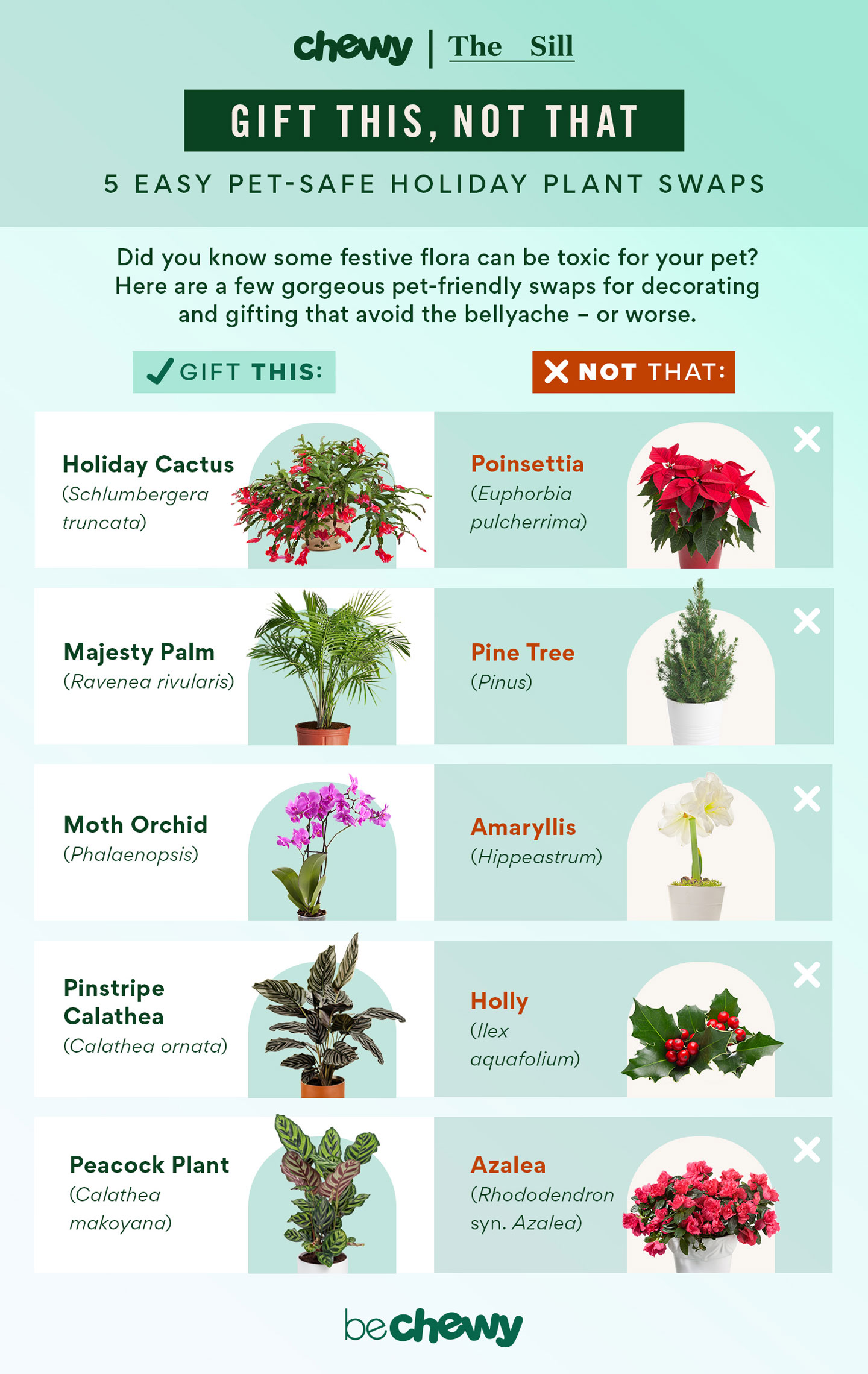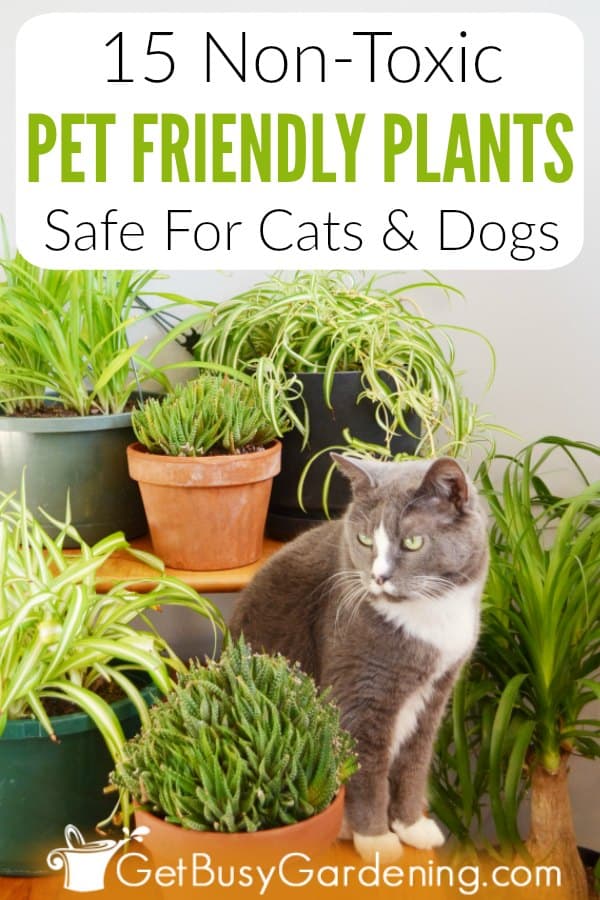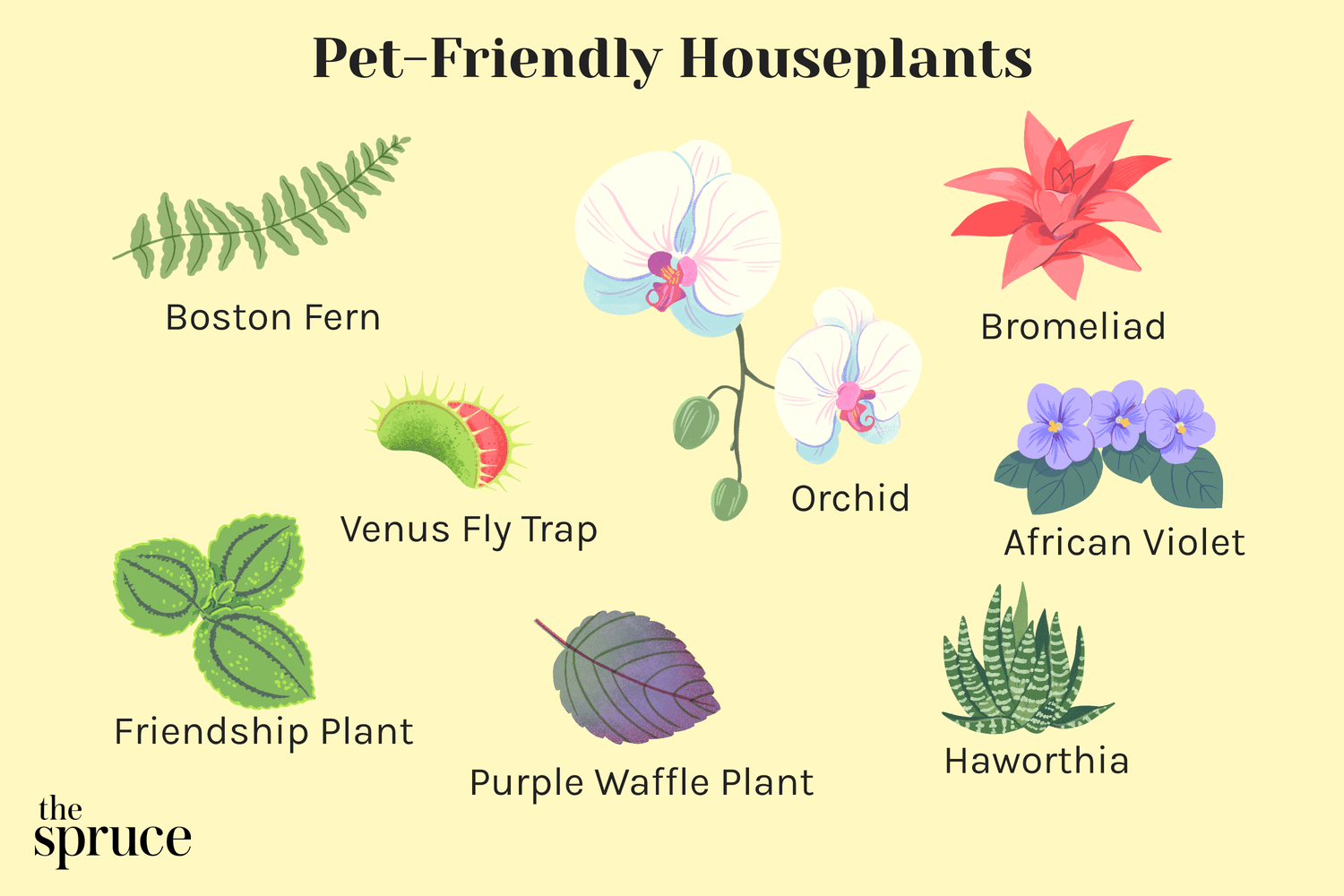Yes, some indoor flowers can be safe for pets. Others can be harmful.
Understanding which flowers are safe and which are not is crucial for pet owners. Indoor plants and flowers add beauty to your home. They can also improve air quality. But if you have pets, you need to be careful. Some common flowers can make your pets sick.
In this blog post, we will explore the safety of indoor flowers for pets. We will help you make informed choices. Keep reading to learn more about pet-friendly flowers and plants.

Credit: matsuoutdoorsmanshow.com
Common Toxic Flowers
Indoor flowers can add beauty to any home. But not all flowers are safe for pets. Some can be toxic and cause serious health issues. It is important to know which flowers to avoid.
Lilies
Lilies are beautiful but very dangerous to pets. Cats are especially at risk. Ingesting any part of a lily can lead to kidney failure in cats. Even small amounts can be fatal. Keep lilies out of reach or avoid them altogether.
Poinsettias
Poinsettias are popular during the holiday season. But they can be harmful to pets. The sap of poinsettias can cause irritation. Pets may experience drooling, vomiting, or diarrhea. While not as toxic as lilies, they still pose a risk. Keep them away from curious pets.

Credit: matsuoutdoorsmanshow.com
Non-toxic Alternatives
Having indoor flowers can brighten up your home, but it’s crucial to know which ones are safe for pets. Non-toxic alternatives ensure your furry friends stay healthy while you enjoy the beauty of houseplants. Here are some pet-friendly indoor flowers to consider.
Spider Plants
Spider Plants are popular due to their attractive, arching leaves and ease of care. These plants are not only pet-safe but also excellent at purifying air.
- Require indirect sunlight
- Water when the soil feels dry
- Can be placed in hanging baskets
Spider Plants are a great choice for homes with cats and dogs. Their non-toxic nature ensures that even if your pet chews on the leaves, they will remain safe.
Boston Ferns
Boston Ferns add a lush, green touch to any room. They are also safe for pets, making them a perfect addition to your indoor garden.
- Thrives in humid environments
- Prefers indirect light
- Keep the soil consistently moist
Boston Ferns not only enhance your home decor but also provide a safe environment for your pets. They are ideal for bathrooms or kitchens where humidity levels are higher.
Symptoms Of Toxicity
Indoor flowers add beauty and life to your home. But, they can pose risks to pets. Some flowers are toxic to animals. Knowing the symptoms of toxicity helps you act fast. Early detection can save your pet’s life.
Gastrointestinal Issues
One common sign of flower toxicity is gastrointestinal issues. Pets may vomit or have diarrhea. They might also refuse to eat. Watch for signs of drooling. These symptoms suggest that your pet ate a toxic plant.
Look for these specific symptoms:
- Vomiting
- Diarrhea
- Loss of appetite
- Drooling
If your pet shows these signs, contact your vet immediately.
Neurological Signs
Toxic flowers can also affect your pet’s nervous system. Your pet may seem weak or shaky. They might have tremors or seizures. Some pets show confusion or disorientation. These symptoms are serious and need quick medical attention.
Watch for these neurological signs:
- Weakness
- Tremors
- Seizures
- Confusion
Do not ignore these signs. Get help from your vet right away.
Immediate Actions
Pets and indoor flowers can be a risky combination. If your pet ingests a toxic plant, quick action is vital. Knowing the immediate steps to take can save your pet’s life. Here’s what you need to do.
Contacting A Veterinarian
First, call your veterinarian. Inform them about the plant ingested. Give details about the plant species and the amount ingested. This helps the vet assess the severity of the situation.
If the vet is unavailable, contact an emergency animal hospital. They can guide you over the phone. Keep the contact numbers handy for such emergencies.
First Aid Steps
Do not induce vomiting unless advised by the veterinarian. Some plants can cause more harm if vomited.
Rinse your pet’s mouth with water. This can remove some toxins.
Check your pet’s symptoms. Here are some common signs of plant poisoning:
- Vomiting
- Diarrhea
- Drooling
- Difficulty breathing
- Seizures
If any symptoms are severe, take your pet to the vet immediately.
Collect a sample of the plant. This helps the vet identify the toxin and provide the right treatment.
| Action | Details |
|---|---|
| Contact Vet | Inform them about the plant ingested. |
| Do Not Induce Vomiting | Unless advised by the vet. |
| Rinse Pet’s Mouth | Use water to remove some toxins. |
| Check Symptoms | Note vomiting, diarrhea, drooling, or seizures. |
| Collect Plant Sample | Helps the vet identify the toxin. |
Fast action is crucial. Knowing these steps can help you save your pet.
Creating A Safe Environment
Are indoor flowers safe for pets? This is a common concern for pet owners who love greenery. While many plants are safe, some can be harmful. Creating a safe environment is key. With the right precautions, you can enjoy flowers without risking your pet’s health.
Placement Of Plants
Place plants out of reach. High shelves or hanging baskets work well. This keeps curious pets from nibbling on leaves. Choose spots that pets cannot access easily. Think about areas where your pets spend the most time. Avoid placing plants in these zones.
Supervision Tips
Supervise pets when they are near plants. Watch for signs of chewing or digging. This can help prevent ingestion of harmful plants. Training pets to stay away from plants can also help. Use positive reinforcement to guide them. If you are away, consider closing off rooms with plants. This adds an extra layer of safety.
Pet-friendly Plant Care
Caring for indoor plants when you have pets can be tricky. Some plants and products can harm your furry friends. Understanding safe practices helps you keep both your plants and pets healthy. Here, we explore pet-friendly plant care.
Non-toxic Fertilizers
Choosing non-toxic fertilizers is crucial. Some fertilizers contain chemicals harmful to pets. Opt for organic fertilizers or those labeled as pet-safe. These options are usually made from natural ingredients.
- Bone meal
- Blood meal
- Fish emulsion
These natural fertilizers provide essential nutrients without risking your pet’s health. Use them according to the instructions to avoid over-fertilizing.
Safe Pest Control
Dealing with pests on indoor plants can be challenging. Many chemical pesticides are dangerous to pets. Choose safer alternatives to protect your pets.
| Safe Pest Control Methods | Description |
|---|---|
| Neem Oil | A natural pesticide that is non-toxic to pets. |
| Insecticidal Soap | Safe for pets and effective against pests. |
| Sticky Traps | Catch pests without chemicals. Safe for pets. |
Always read labels to ensure the product is pet-safe. Applying these methods can keep your plants pest-free and your pets safe.

Credit: www.pinterest.com
Conclusion
Ensuring indoor flowers are safe for pets is crucial. Some plants can be toxic. Research before buying any plant. Choose pet-friendly options like spider plants or bamboo palms. Keep plants out of reach when possible. Monitor pets around new plants.
A safe home environment benefits everyone. Enjoy beautiful flowers without worry. Prioritize both aesthetics and safety.





